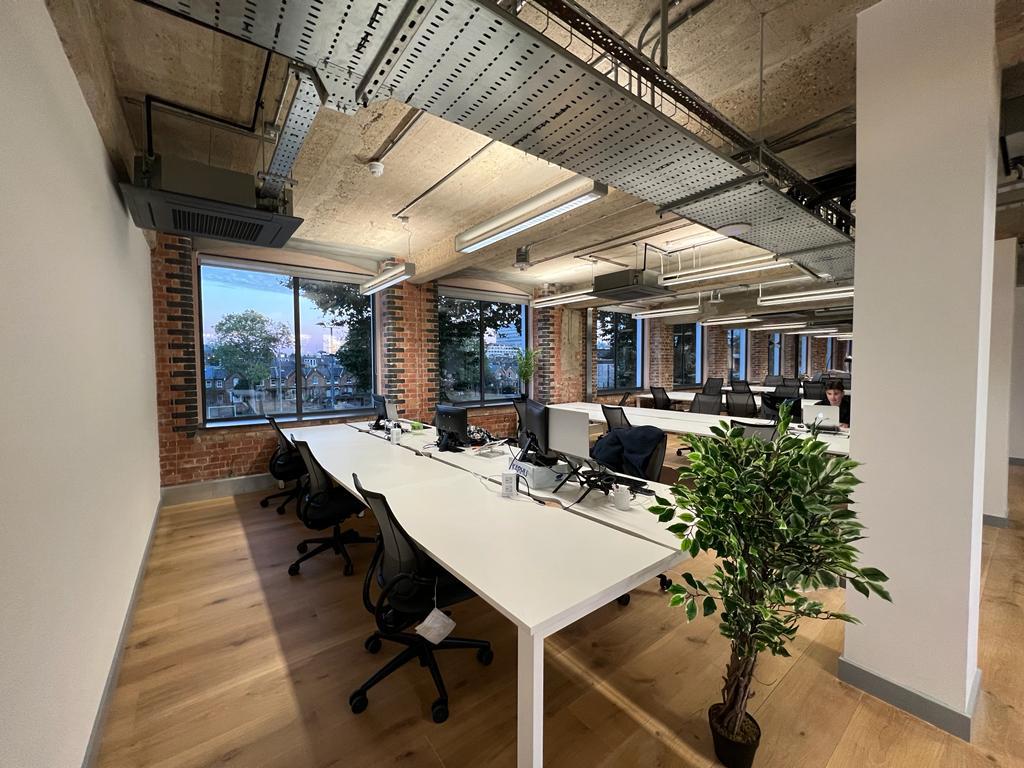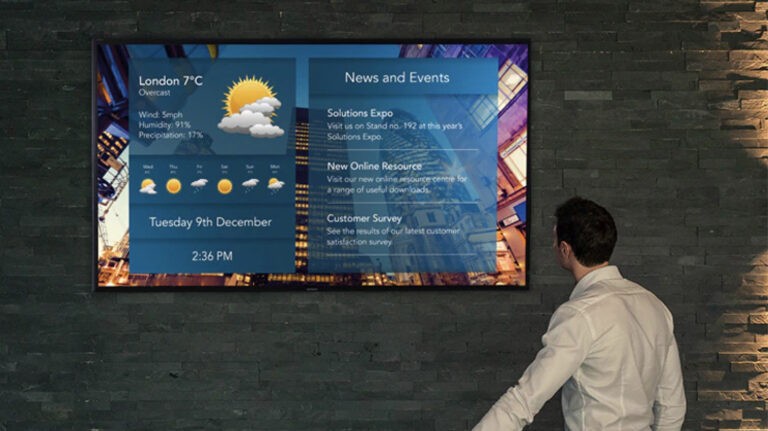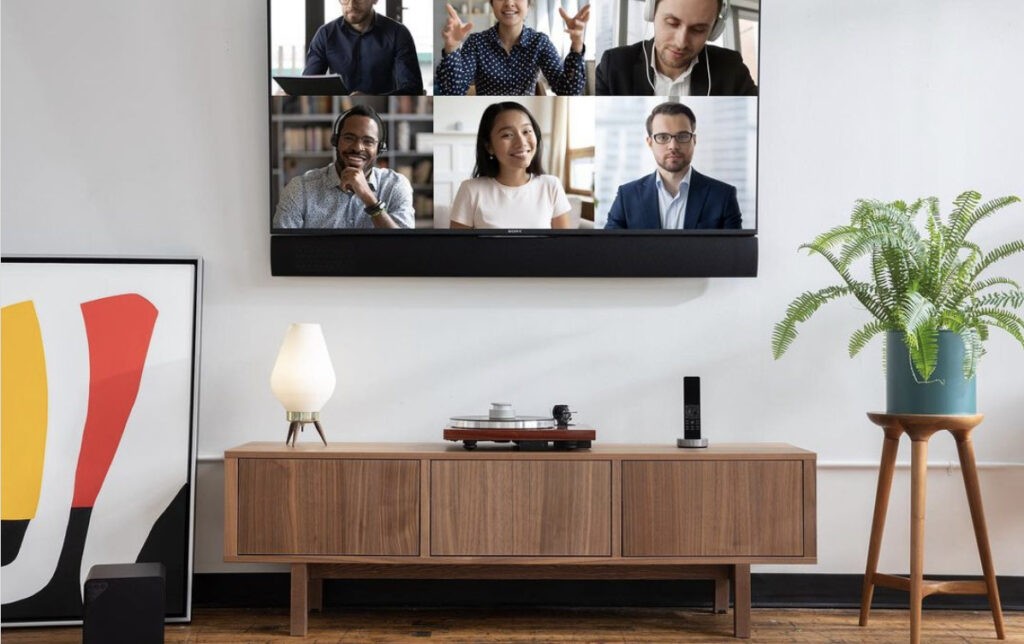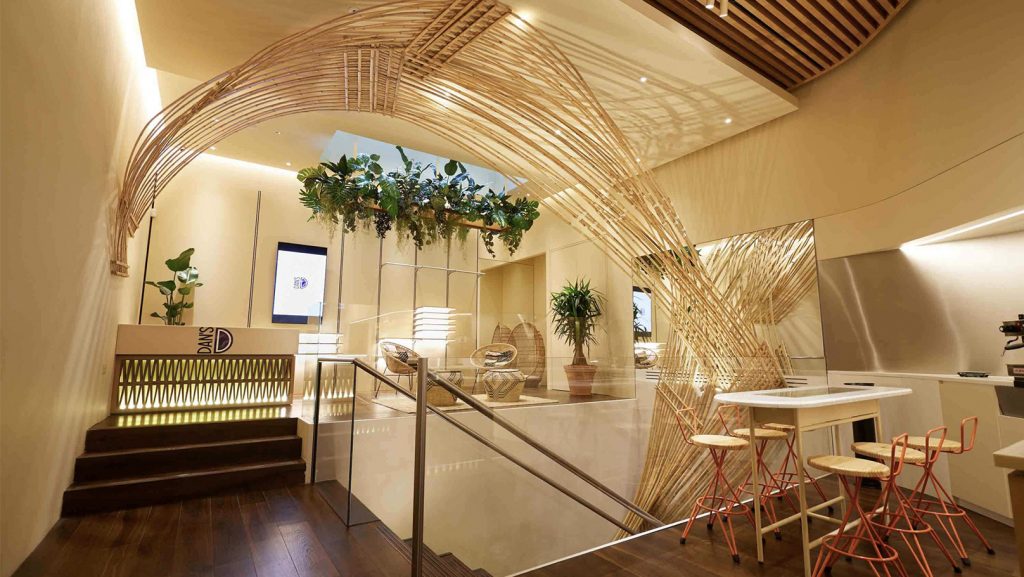Three ways to create a smart office
As the world is resuming a sense of normality in the post-pandemic world, more and more people are heading back into the office as business resumes. Most companies are choosing a hybrid setup but are keen to keep a physical working space. There are several key technological features that we have identified as being the forerunners in keeping your business space working efficiently, more easily and more enjoyable for all.

Smart Management
Technology issues in the workplace are frustrating for everyone - the employees, the employers and the IT department. This is always made harder when there are a plethora of different systems being utilised from different brands and all require learning how to use them as always each one is slightly different. This is where smart management comes into play.
Smart management is a centralised system installed into offices or whole buildings that allows its users to control any technical aspect of the space from one interface. From timed lighting and shading to booking meeting rooms and showing available desks it keeps everything and everyone in sync.
With so many system options on the market at the moment, Sony has created a system that centralises every feature into one very user-friendly interface. Sony TEOS is a complete workplace management solution. It streamlines the control and maintenance of any connected devices in your business space. From boardroom meeting displays to reception and other public areas, this all-in-one system monitors the status of all displays and other devices. With scheduling capacity, it allows businesses to maximise energy efficiency alongside a centralised booking system that manages meetings. As well as these efficient and user-friendly features, this system quickly identifies and pinpoints technological issues with any device linked to the system - meaning it is much easier for problems to be resolved quickly without having to search for which device is causing trouble.
Discover TEOS
https://www.youtube.com/watch?v=vjIXrCGnQSw&t=3s

Video Conferencing
As was exemplified by the pandemic, staying connected no matter your geographical location is crucial for businesses that run across the globe, and with those operating a hybrid office and working from home solution. A solid video conferencing set up is paramount in not only staying connected between stakeholders, but also as part of your brand image when interacting with other companies and clients - no one wants technology issues during a major meeting. Microsoft and Zoom offer full video conferencing systems from headsets and cameras to Teams displays and accessories.
There are three features that need to be considered when setting up quality video conferencing systems by your chosen integrator:
- The Display size. Display TVs are suitable for most rooms, and are quite cost-effective. For larger rooms, and those not wanting to spend on larger expensive displays, a projector can be used and the display size adjusted.
- Type of displays. TVs, projectors, LCD or LED displays are all suitable for high-res screen quality.
- Mounting height. Installation experts will know that this is important as when it’s done correctly, as well as correct camera placement, it can give that eye contact feel when you’re talking on camera, creating a sense of likeness and personality that can lack over video.


Intelligent Lighting, Climate & Shading
Keeping energy costs lower and creating a bespoke lighting and climate schedule within the office environment are now all facilitated by smart technology. Intelligent climate control and lighting systems detect preferences, and usage patterns and regulate temperature accordingly. Lights will automatically turn off in unoccupied rooms and turn on when motion is detected. Intelligent lighting has also been proven to increase morale and reduce tiredness. The climate will automatically adjust based on the natural temperature of the room and season. Shading is also an important integration into office spaces, especially in offices with lots of glass. They can automatically rise and lower during the day based on the amount of sunlight. These changes, by automating energy-consuming features, will ultimately make your space not only more sustainable with less wastage but more enjoyable spaces for employees to work in; happy employees = better work.


